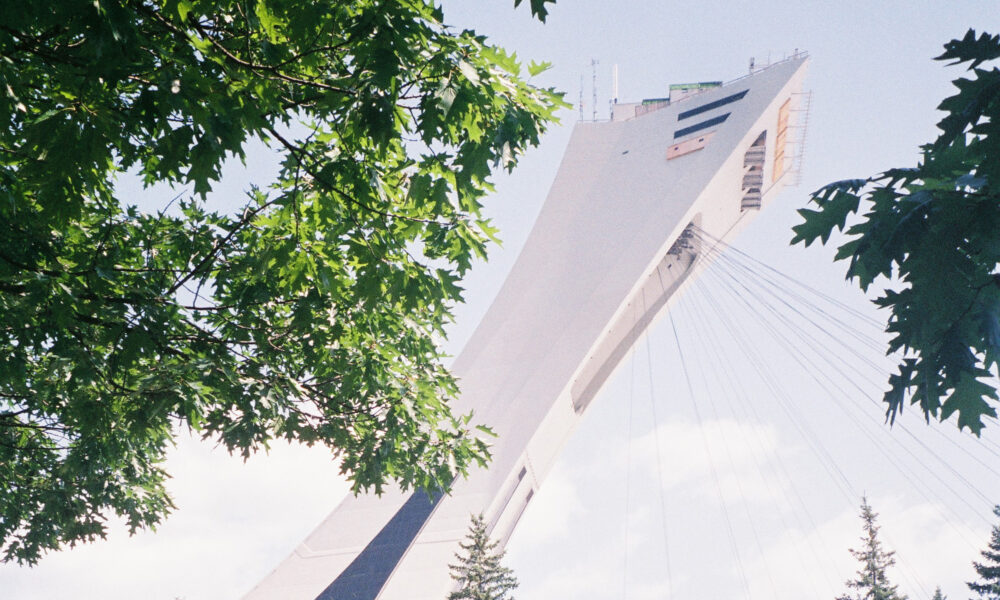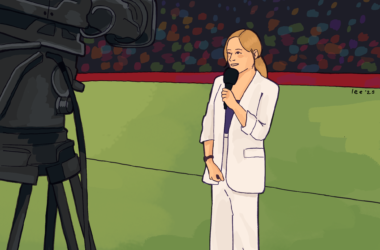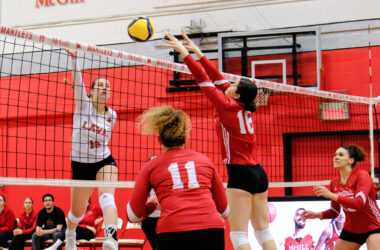If Quebecers thought a $7 million handout for the Los Angeles Kings to play some preseason games in Quebec City was insulting, here comes the latest public sports subsidy fiasco. In an announcement on Feb. 5, Quebec tourism minister Caroline Proulx handed taxpayers an $870 million bill for the replacement of the Olympic Stadium’s roof and technical ring. This decision surely made the organizers of the next MonsterTruck Spectacular show breathe a sigh of relief. The costly renovation is deemed necessary, given that the Big O’s current roof has 20,000 holes and that three-centimetres worth of snow accumulation on the roof presents a safety concern so large that events must be cancelled. According to Proulx, the stadium could be forced to close permanently if action is not taken swiftly. An $870 million question remains: Who benefits from the renovation?
It will not be the Alouettes, Montreal’s Canadian Football League (CFL) team. The Big O has clipped the Alouettes’ wings more than once. During the Olympic Stadium’s time as the Alouettes’ home, the stadium’s high capacity made attendance seem sparse, creating a poor environment for players and fans alike. Attendance declined and the Alouettes eventually folded in 1987. When the CFL returned to the Olympic Stadium in 1996, attendance issues continued to plague the team. As fate would have it, a U2 concert in 1997 forced the Alouettes to move a home game to Percival Molson Stadium. The team decided to move to McGill’s campus permanently starting in 1998, at which point attendance numbers and interest in the team grew.
CF Montréal, the local Major League Soccer team, will not benefit from this decision either. In 2008, CF Montréal, then named the Montreal Impact, christened Stade Saputo, an intimate, outdoor, soccer-specific stadium just steps away from the Big O. The club is quite fond of its stadium; ownership is currently planning to winterize the venue, allowing for games to be played there during colder months à la Commonwealth Stadium and BMO Field. It would be reasonable to expect that they would not be looking to renovate their facilities if they had any plans of playing in the concrete monstrosity within spitting distance of their current home.
This will also not help Montreal get a Major League Baseball (MLB) team back in town. That, however, was always a pipedream. The stadium was never suited for baseball, despite the architects’ best efforts in the original design process. There is, however, a sad irony on the baseball front: In 1998, former Quebec Premier Lucien Bouchard refused to provide government funding for a proposed downtown ballpark for the Expos. He argued that it would be unwise to commit public funds to the construction of a stadium when the healthcare system was stretched thin and he was being forced to close hospitals. This time around, the provincial government has decided to subsidize the overhaul of a stadium that does not have a primary tenant. At least the situation in hospitals has gotten better, right?
When public subsidies are discussed for professional sports teams, there seems to always be a shouting match about whether governments should contribute to billionaire owners’ dreams for a shiny new facility. After all, when these owners have the means to build these venues on their own, why should taxpayers foot the bill? Then, the owner’s response is usually to threaten to relocate the team if local governments refuse to play ball. It’s a decades-old extortion tale. Of course, in the aforementioned scam, taxpayers at least get to catch a game after their government gets ripped off by the local team owner. In this case, Montrealers will have the unique privilege of being able to attend the Electric Vehicle Trade Show or the MonsterTruck Spectacular; events that could easily take place at Palais des congrès or the Bell Centre. It would be difficult to put a price tag on that, but Caroline Proulx just did: It’s $870 million.
There is, of course, the possibility that the Olympic Stadium, once renovated, will be an appealing venue to our local sports teams. It’s possible that big-ticket acts such as Taylor Swift will want to perform there once a new roof is installed and the faulty acoustics are fixed. And it’s even possible that this new roof will be able to safely support more than three centimetres of snow. For the sake of the public’s tax money and our collective civic pride, let’s all cross our fingers for that sequence of events to unfold. In the meantime, please mind the falling concrete chunks in the parking lot.
All figures mentioned are in CAD.









